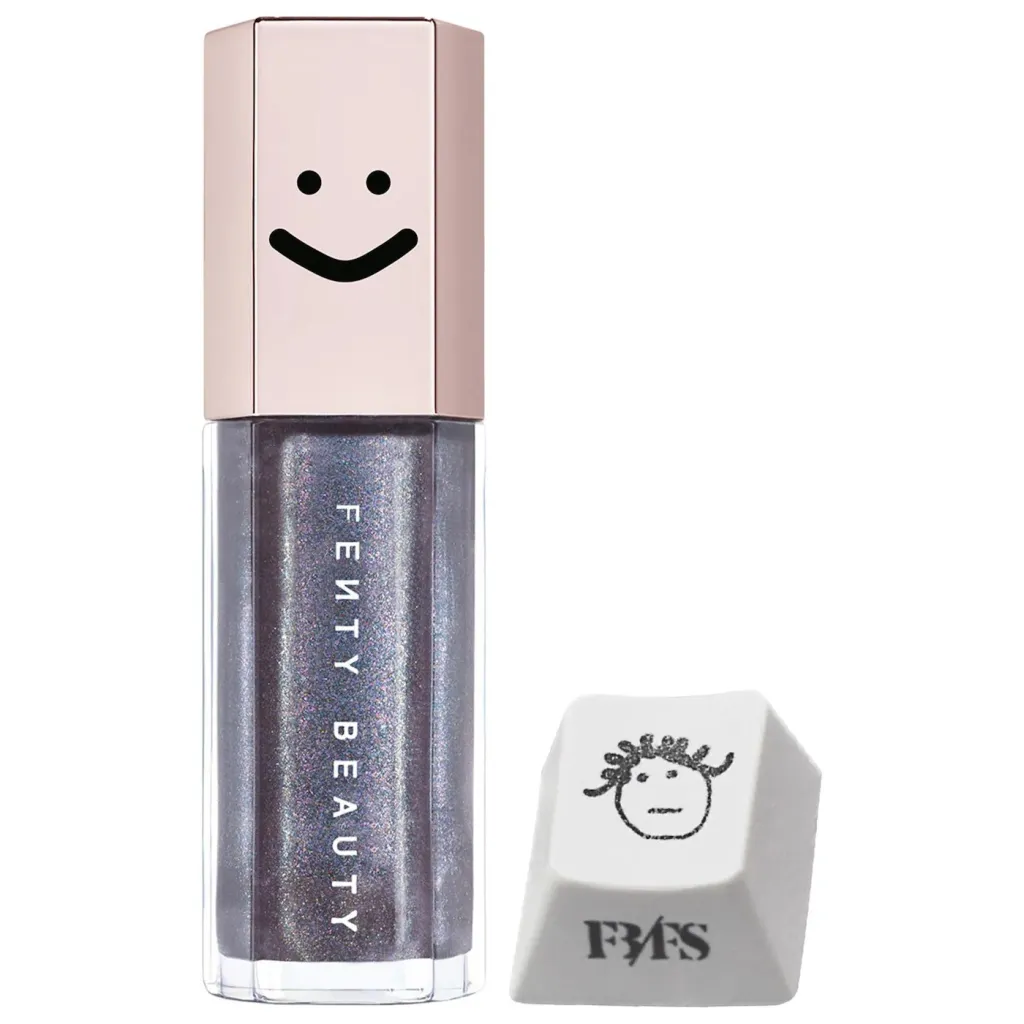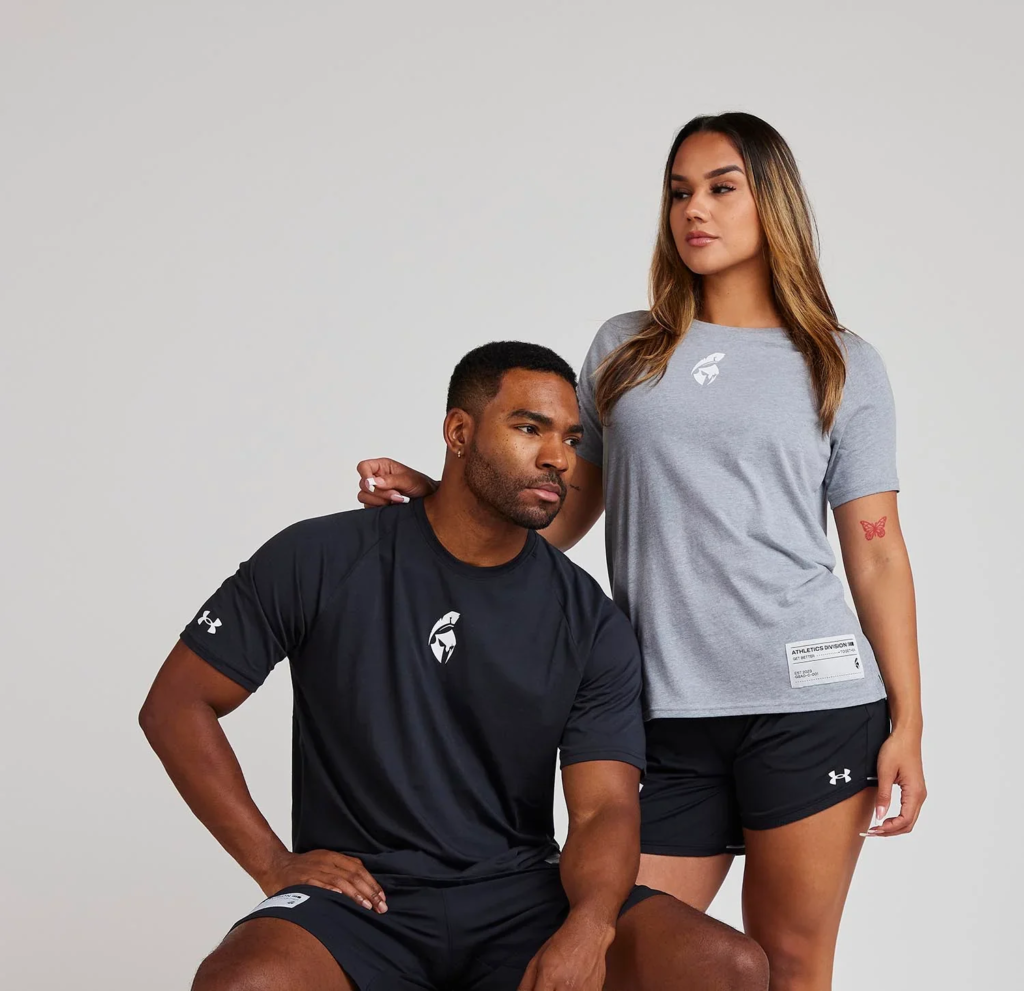The gaming accessories market size is estimated at $11.88 billion in 2024 and is expected to reach $19.32 billion by 2029 (Mordor Intelligence).
This expected growth is due to the increasing demand for unique gaming products. These setups feature offerings such as programmable keyboards and custom-designed controllers.
However, a gaming product can take shape as any offering with a connection to a video game experience.
Where there are multiple gaming product categories.
To demonstrate how to tap into these categories and inspire purchase action from gaming audiences, the following details use cases from brands like Hello Kitty, Swarovski, Under Armour, and more.
If you’re new to esports and gaming, please complete The Gaming Marketing Dictionary (click here for the full-length YouTube video) to ensure you understand core concepts and models referenced below.
Getting started
To start, let’s clarify that a gaming product is any offering with a connection to a video game experience. Connection to a game experience is central. Since, a gaming product is defined by relevance to video game behaviors associated with a target audience.
If that connection does not exist organically, it requires tapping into an existing, and/or creating a tangible or intangible, part of a gaming behavior. Those same parts are called touch points.

For example, a PC gaming setup is a personal space for video gameplay. PCs, keyboards, and monitors are instrumental to gameplay behaviors in that video game space.
That connection to the in-game experience transforms those offerings into gaming products. As a result, they are also relevant touch points for the estimated 1.85 billion people who play video games on PC yearly.
Where effective strategy impacts a gaming product’s branding, design, features, and more. However, this strategy looks different depending on the type of gaming product in question. So, let’s review the three gaming product categories.
Endemic gaming products
Hello Kitty is an iconic fictional character created by Yuko Shimizu, owned by the Japanese company Sanrio. She is depicted as an anthropomorphized white cat with an invisible mouth.
In honor of Hello Kitty’s 50th anniversary, Razer, a consumer electronics company that designs and manufactures products for gamers, teamed up with Sanrio to deliver a collection of accessories inspired by the chibi mascot.
The collection included versions of some of Razer’s most popular gaming accessories including the:
- Kraken Kitty V2 gaming headset
- Ornata V3 Tenkeyless keyboard
- Enki X gaming chair

Keyboards, headsets, and chairs engineered to meet the needs of gamers are endemic products, which means they depend on gameplay-related behaviors.
On the other hand, non-endemic products do not need video games to exist. Since they are not specifically designed and created for gaming audiences.
Companies like Razer compete in the gaming accessories market. So, they, too, are classified as endemic.
However, as Hello Kitty’s Razer collaboration shows, non-endemic companies can nonetheless leverage this product category to inspire action from gaming audiences.
In this use case, Hello Kitty effectively promoted its brand to PC gamers through an endemic product crossover. Where each offering in the crossover served as an effective brand touch point for PC gamers.
Gaming-inspired products
Halo is a military science fiction media franchise, launched in 2001 with the release of a first-person shooter video game and a tie-in novel. The Halo video game series, originally developed and created by Bungie and currently managed by Microsoft’s Xbox Game Studios, has sold an estimated 81 million copies since then.
So, in 2021, to celebrate the game’s 20th anniversary and the launch of Halo Infinite, Xbox and Swarovski released two limited-edition collectible crystal figurines.
The collaboration, which won a 2022 REGGIE Award in the esports and gaming category, was executed by tripleclix. It told a story of innovation and inspiration, paying tribute to the impact of Halo over the years.

“At Swarovski we know gaming is the future, and we are incredibly excited to be entering the gaming space with this partnership.” Swarovski CEO, Michele Molon
The collectibles were modeled after the Mjolnir helmet and the Energy Sword – both of which are in-game touch points and intellectual property core to Halo.
According to Swarovski, “each piece of crystal perfection is a microcosm of the franchise values, asking you to become the hero for every adventure to come.”
Swarovski made 117 in total, in celebration of Chief’s Spartan number.
Halo’s status as an iconic game franchise transforms recognizable parts of its playable experience into symbols in gaming culture. Such that, the Swarovski crystals are more than just nice-looking collectibles. They are highly valued cultural treasures within the worldwide gaming community.
Video game experiences, however, are so much more than just media environments full of intellectual property.

For instance, in summer 2023, Fenty Beauty launched its first campaign on gaming platform Roblox. In the Fenty Beauty Experience virtual world, available between June 30th and July 30th, 2023, players could create their own virtual gloss bomb lip gloss in a lab section of the game.
In it, they could customize their own gloss by selecting the ingredients, effects, bottle design, lid, applicator, and shade name.
At the end of the campaign, Fenty Beauty founder Rihanna reviewed creations from 400 finalists and selected one winner. That creation served as inspiration for the Major Flex Gloss Bomb Universal Lip Luminizer, released in 2024.
Plus, as a nod to its gaming-inspired origins, the lip gloss comes with a limited edition Fenty branded key cap.
In other words, Fenty Beauty leveraged a playable Roblox experience to co-create a new gaming-inspired product. Fenty’s strategy shows that game experiences offer immense creative potential, beyond display advertising and product placement. Where they are, in fact, capable of leveling up the entire product creation process.

Gaming lifestyle products
For starters, let’s re-establish that the gaming lifestyle refers to the behaviors experienced in video game spaces. Where the related habits and activities span a diverse ecosystem of game experiences.
Along those lines, products play a key role in the gaming lifestyle. Since they are central parts of game experiences. Finally, gaming culture is the sum of lifestyle behaviors within the worldwide gaming community.
Once again, there is no single gaming lifestyle. Nor does the gaming lifestyle only apply to so called “hardcore gamers.” Instead, gaming plays a unique role in the lifestyles of the billions who experience video games across the world.
As a result, brands and marketers can, through effective strategies, creatively weave offerings into gaming-inspired lifestyles. To demonstrate, let’s explore a partnership between athletic apparel brand Under Armour and gaming personality Nicholas Kolcheff, better known by his gamer tag Nickmercs.

Video game streamer and content creator Nickmercs entered a brand-new partnership with sports equipment company Under Armour in 2021.
An avid believer in fitness and health, the 33-year-old, Michigan-born gaming celebrity saw this opportunity as a unique way to combine his two lifestyles of gaming and working out.
The partnership revolves around MFAM, which is an acronym for Mercs family, brand, and community. MFAM consists of Nick’s fans and followers, who he believes share a similar passion for gaming and outlook on fitness.
Where the Under Armour partnership aligns with the goals of NICKMERCS and the MFAM fanbase.

Especially since, while he is known to have fun and energetic gaming streams, Nickmercs wants to prioritize fitness as a part of his and MFAM’s regular routine.
Now, let’s clarify that Nickmercs’ fans and followers across his channels stem from involvement within the worldwide gaming community.
In other words, his influence is the result of consistently creating video game livestreams and content, starting with streaming on Twitch predecessor Justin.tv in 2010. Where he has built a rapid fanbase around his bombastic personality and aggressive gaming style on titles like Fortnite and Call of Duty: Warzone.
Likewise, Nickmercs’ deep relevance to gaming behaviors, like streaming and content creation, transforms MFAM into a lifestyle touch point for his followers. Since consuming and interacting with Nickmercs’ content merges the MFAM brand into their personal gaming-inspired lifestyles.
Most importantly, products like Under Armour MFAM merchandise crossovers become representative of those lifestyles and capable of inspiring purchase actions from gaming audiences.

Also, remember to subscribe to our YouTube channel to keep up with the latest gaming marketing insights and trends!

